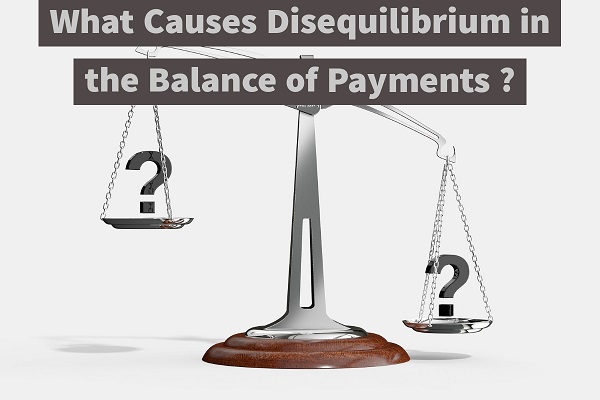What Causes Disequilibrium in the Balance of Payments ?
Before we explain what causes disequilibrium in the balance of payments of a country, we need to understand the factors or variables which determines the equilibrium in the balance of payments of a country.
There are several variables which jointly constitute equilibrium in the balance of payments position of a country.
Some of the main variables are – National income at home and abroad, the prices of goods and factors, the supply of money, the rate of interest etc. and all of these variables determine the exports, imports and demand and supply of foreign currency. These variables also depends on the supply of factors, production function, the state of technology, tastes of consumers, the distribution of income, the state of anticipations etc. If there is a change in any of these above given variables and there are no appropriate changes in other variables, then there will be disequilibrium in the balance of payments of that country.
The main cause of the disequilibrium in the balance of payments is the imbalance between exports and imports of goods and services.
When the prices of goods are high in the country, its exports are discouraged and imports are encouraged, if these are not matched by other items in the balance of payments, then there will be disequilibrium in the balance of payments.
Cyclical Disequilibrium –
Cyclical disequilibrium is that disequilibrium which is caused by the fluctuations in the economic activities (or we can say trade cycles).
During the trade cycles when the price of goods and services fall, income of the peoples goes down, it affects the imports and exports of goods and causes the disequilibrium in the balance of payments. There are other factors too which causes disequilibrium in the balance of payments.
Secular or Long Run Disequilibrium –
Secular or long run disequilibrium is that disequilibrium which occurs due the long run and deep seated changes in the economy which it develops from one stage of growth to another.
Technological Disequilibrium –
Structural Disequilibrium –
Conclusion –
